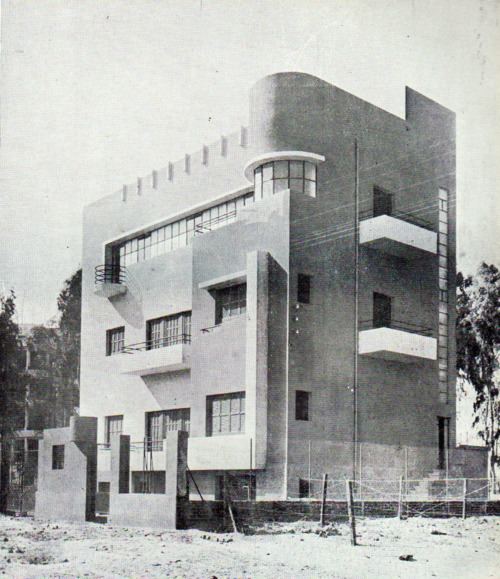Name Charles Ayrout | Role Architect | |
 | ||
Charles Habib Ayrout (Arabic: شارل حبيب عيروط) was an architect practicing in Cairo and is considered as one of that city's Belle Epoque/Art Déco (1920–1940) architects for his landmark buildings and villas.
Contents
Family
His father, Habib Ayrout, was a Lebanese-Egyptian architect and contractor practicing in Cairo. After being educated in Paris as an engineer-architect, Habib Ayrout participated in the planning and construction of Heliopolis.
Charles Ayrout had two brothers Henry Habib Ayrout and Max Ayrout who was also an architect practicing in Cairo.
Style
Ayrout was part of a movement of French educated Syrio-Lebanese Egyptian architects, who were strongly influenced by the French 'modern classicism' of Michel Poux-Spitz and Pol Abraham. This movement also included Antonine Selim Nahas and Raymond Antonious.
